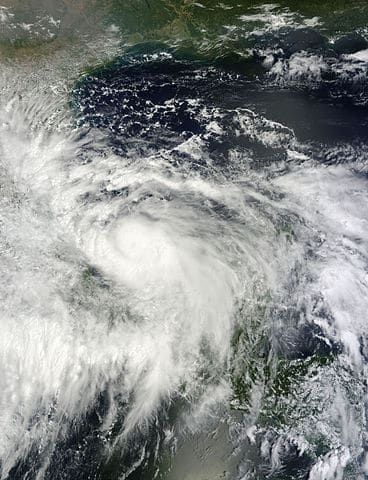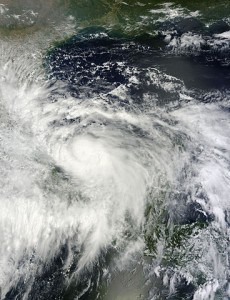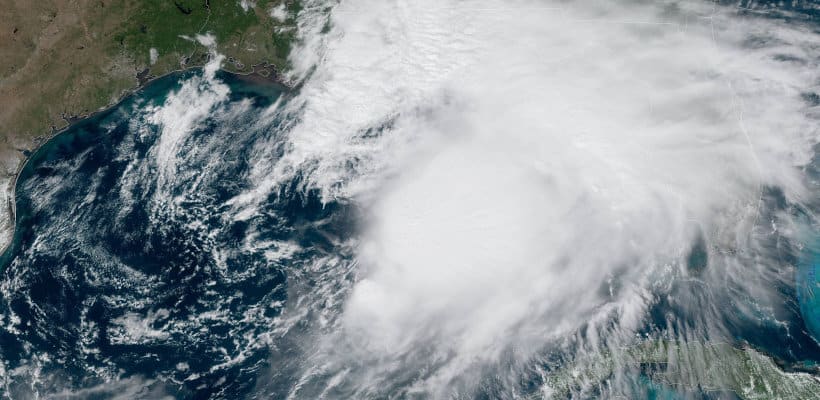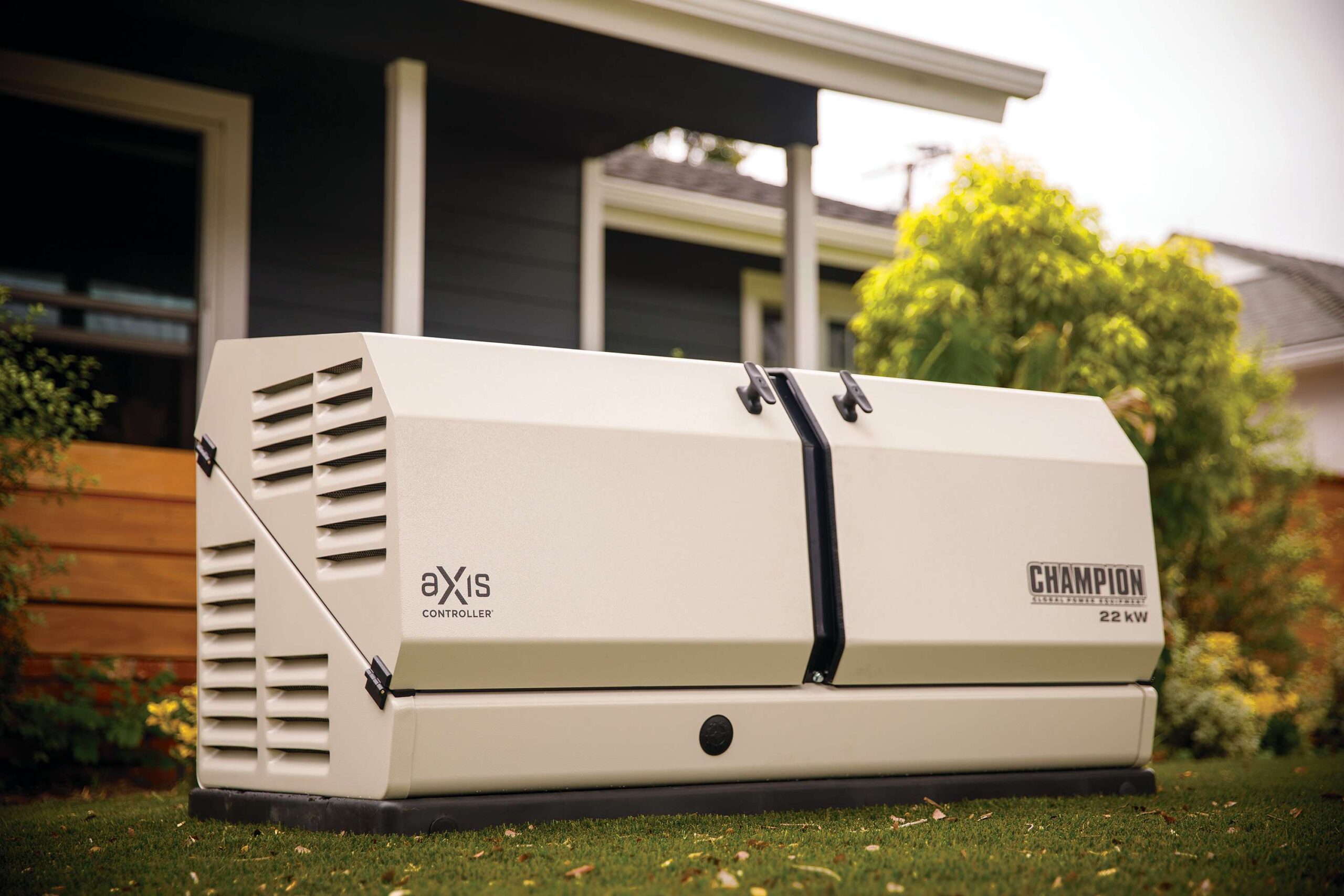The June through November hurricane season has ended for 2013. Even though the season runs from June 1st through November 30th, hurricanes and other tropical cyclones can still form and affect the United States and the rest of North America.
Weather prediction is a difficult and imprecise science, and long term prediction of tropical cyclones is no different. National Oceanic and Atmospheric Administration (NOAA) forecasters had predicted an above average tropical storm season for 2013 with 13 to 18 named storms, seven to eleven hurricanes, and three to six major hurricanes (category 3 or higher).
Off-Season Storms
The end of the official hurricane season does not mean that people living in coastal areas subject to storms can let their guard down. Since 1851, sixty-one tropical cyclones have formed in the Atlantic Basin and 2012’s Tropical Storm Beryl was the most recent. Most storms during the off season form in the month of May, but other months have seen some strong storms, including category two and three hurricanes.
Beryl began as a depression in the Caribbean Sea and heavy rain caused flooding and landslides in Cuba where two people died. Later it formed into a tropical storm with 65 MPH winds and caused flooding and power outages in Florida, Georgia, and South Carolina before moving offshore to the northeast as a subtropical depression. Before it left, it spawned a tornado responsible for at least one death.
2014 Storms
While the 2013 season didn’t produce as many strong storms as predicted, the opposite could have just as easily been the case.
The six months until the start of the 2014 hurricane season is a good time to prepare and plan for next year. Power outages are common when tropical storms and hurricanes make landfall, and can affect large areas and tens of thousands or even millions of power-company customers. A standby or portable generator and the correct installation can keep your home livable after the storm passes.
Making a comprehensive plan ahead of time and being prepared will help your home and family weather a storm and give you some peace of mind when a storm does threaten. Even if you are not in the direct path of a storm, it’s widespread effects can leave you without electricity or cut off from evacuation or rescue efforts by flooding. Prepare now and a few days or even a week without utility power or the ability to buy food and water will make life that much easier.
Atlantic Storm Season 2013
This year was the first since 1994 that the season didn’t end with a major hurricane. In fact, 2013 saw just two hurricanes develop out of the 13 named storms in the Atlantic Ocean and Caribbean Sea, the lowest number of hurricanes since 1983. The United States and Caribbean can count itself lucky this year. Mexico wasn’t quite so fortunate and experienced one hurricane, three tropical storms, and one tropical depression. A total of 46 people died as a result of the storms.
And while Colorado State University weather scientists have called their pre-season tropical storm forecast a bust, it really only highlights the difficulty in making long-term weather forecasts. Those who have lived along the coast for any length of time know that regardless of what forecasters say, eventually a storm will come ashore and cause havoc, power outages, flooding, and widespread damage.
Photo of Hurricane Ingrid courtesy of NASA















